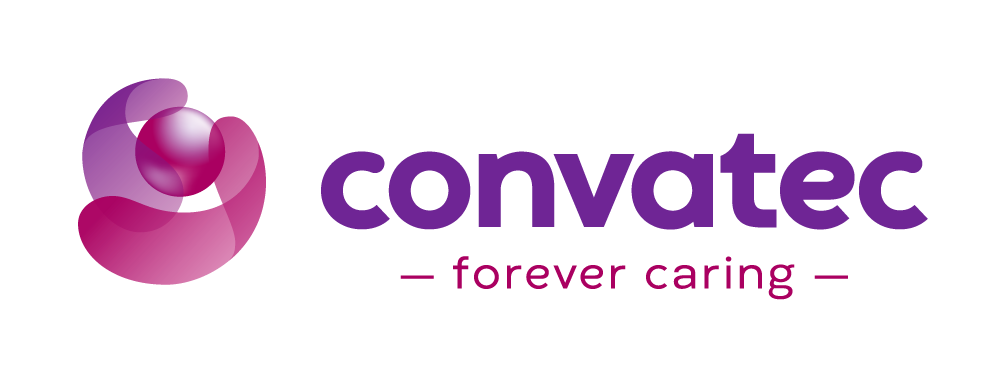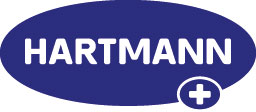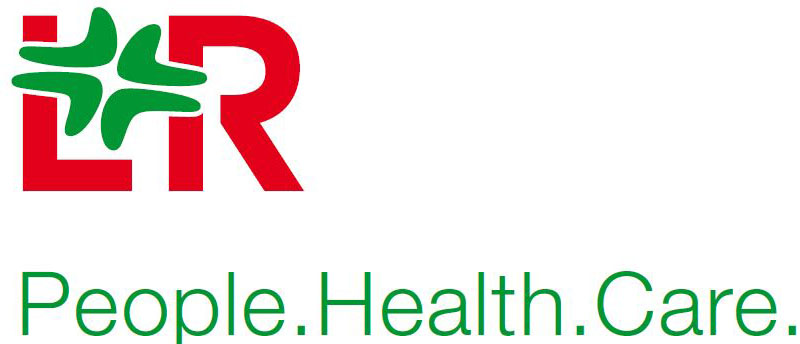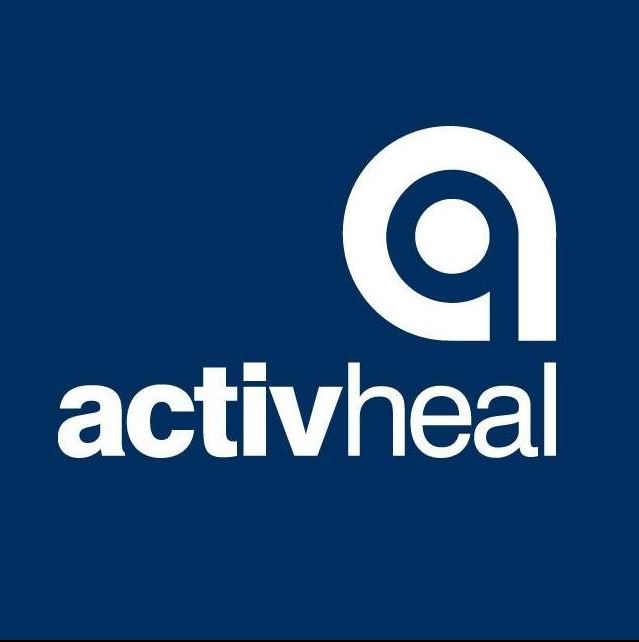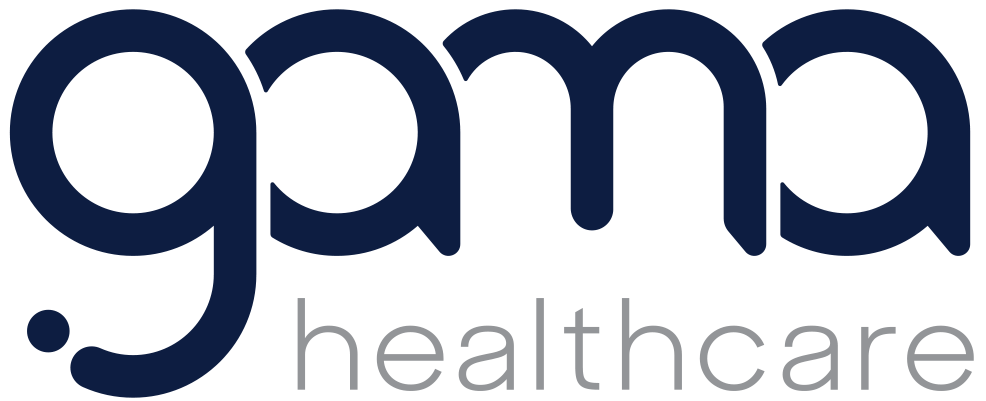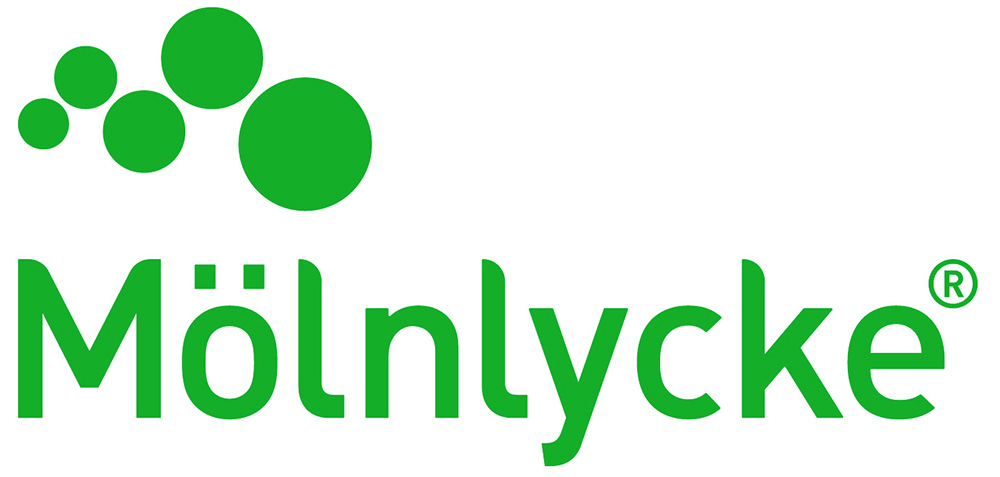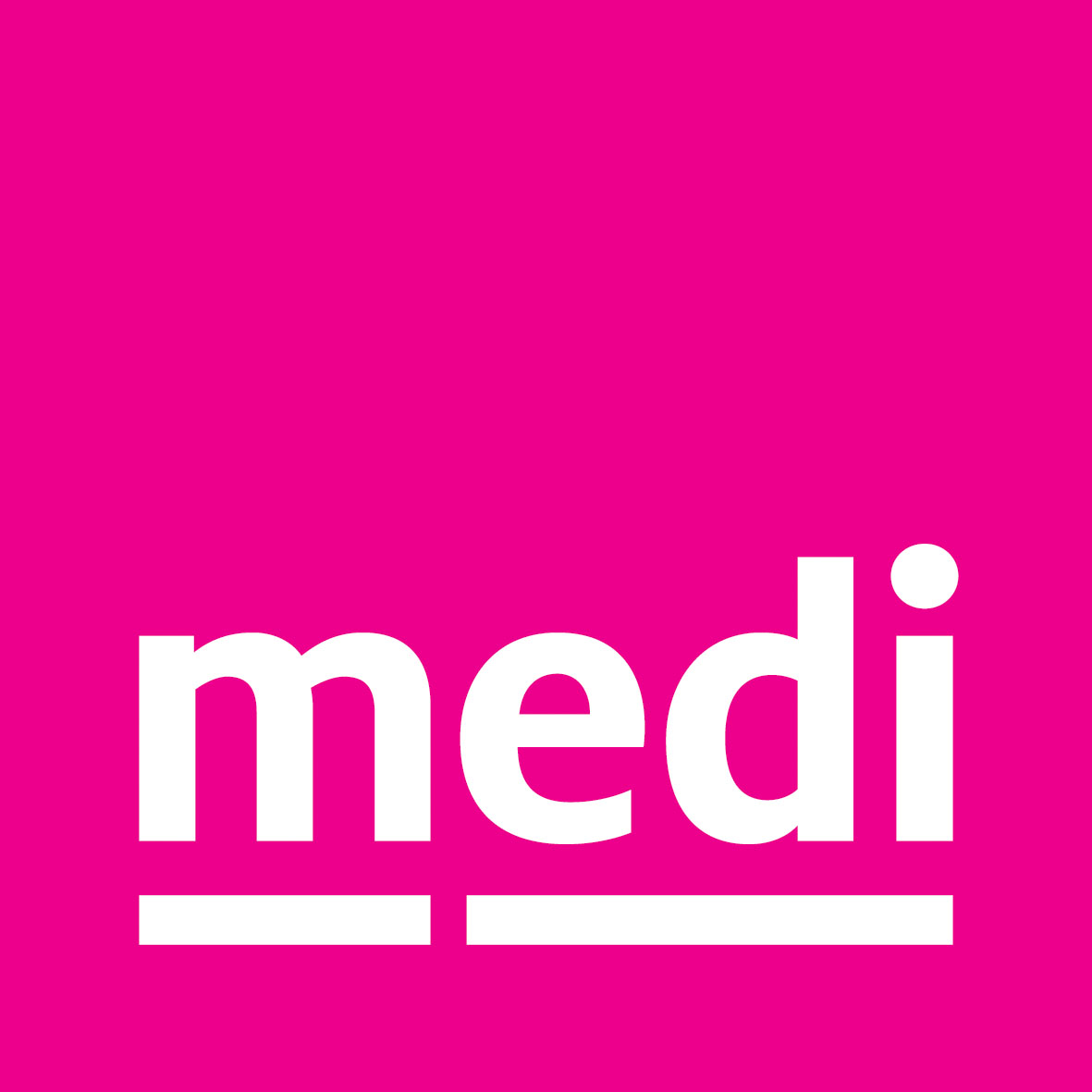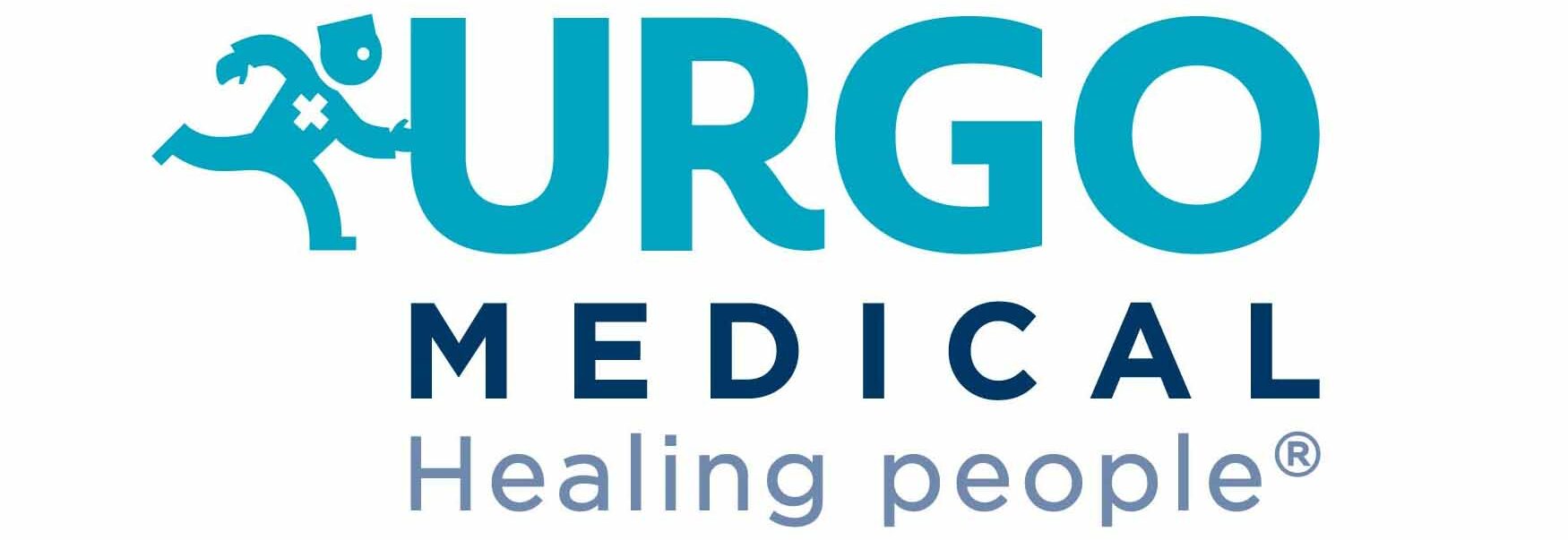Clare Greenwood
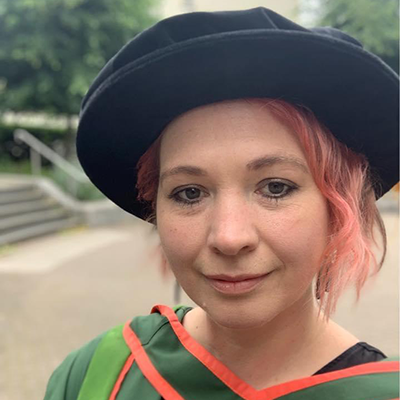
Clare is a Post-Doctoral Clinical Academic Researcher Leeds Teaching Hospitals (LTHT), working in Tissue Viability for over 15 years.
Prior to that she worked as a Nurse Specialist in Negative Pressure Wound Therapy and as a Staff Nurse in colorectal surgery at LTHT.
Clare completed her Doctorate in 2020, and also has an MSc in Nursing and a PGCert in Tissue Viability. Her PhD research focused on the use devices for the prevention of heel pressure ulcers, which she has presented at National and International conferences, and has informed a successful NIHR HTA Grant “WHiTE-PRESSURE 3”. This is a multi-centred three arm RCT comparing offloading devices, heel cushioning pads and standard care for the prevention of heel pressure ulcers in hip fracture patients. Clare is passionate about supporting others to conduct research, and the importance of clinical academic pathways.
Clare is a Trustee for the Society of Tissue Viability, working on national education projects, organisation of their annual conference, collaborating with the Wounds Research Network (WReN) and is associate editor for the society’s journal “The Journal of Tissue Viability”.
Presentations at The Society of Tissue Viability 2025 Conference
Getting started in wounds research / careers in research. Panel discussion including hints, tips and personal experiences
PRESENTATION WITH PROFESSOR PETER WORSLEY AND MARTIN SYLVESTER
Objectives
This session is ideal for anyone who is interested in becoming research active, whether this is delivering clinical research, or conducting their own research. This session will include opportunities for open discussions, as well as covering:
- The benefits of research for staff and patients
- Getting started, including audit, Quality Improvement, evidence based practice
- Research career pathways and opportunities within the NHS
- Getting funded
- Mentorship and support networks
Abstract
Dr Clare Greenwood is a Clinical Academic Tissue Viability Nurse Specialist in Leeds. She has a joint clinical and research role within the NHS and is passionate about helping others to become research active. She will discuss her experiences and pathway into a research career.
Professor Peter Worsley will discuss the opportunities and benefits of working with different stakeholders and clinical academic career pathways. This will include co-funded research projects, from internships, PhDs to post-doctoral roles. There will be time for discussion to explore individuals experiences in clinical academic careers, and key challenges/facilitators in working at the interface between health and academia.
Martin Sylvester will discuss the benefits of clinical research, pathways into research and what makes a successful research team. He will aim to identify how we can improve research delivery, remove obstacles and streamline some of the processes involved.
How should we manage pre-tibial lacerations and haematomas? What is the current evidence base?
Objectives
This session is suitable for anyone caring for patients who might develop a pretibial injury, in any care setting.
The presentation will explore:
- The size of the problem
- Classification of wound severity
- Management options
- Recommendations for practice
Abstract
The pretibial area is prone to injury as it has little protective subcutaneous fat over the tibial crest. With aging there is a loss of collagen in the skin resulting in thinner, inelastic skin which is more prone to injury, especially following falls, and household accidents. Pretibial injuries (PI) can vary in severity from a skin tear to a haematoma or degloving injury. If there are damaged or diseased veins, these wounds can fail to heal, becoming chronic venous leg ulcers.
This presentation will go through the current evidence base for the management of these wounds.
Presentation at The SoTV/EWMA 2024 Conference, London
PRESSURE 3: Building the links between evidence, perceptions and the reality of clinical practice in heel pressure ulcer prevention: The pathway to a successful investigation of effectiveness
Learning objectives
After attending this session, persons will be able to:
- Understand the processes and exploratory work required to develop a successful clinical trial
- Understand how platform trials can improve trial recruitment
Abstract
Numerous devices exist for the prevention of heel pressure ulcers(PU). Evidence on relative effectiveness and clinical utility of each device is minimal.
Aims and method: To plan an RCT to inform the evidence base, we needed to:
- Establish the evidence base with systematic review(1)
- Understand current practice(2)
- Identify what informs stakeholder decision making and existence of clinical equipoise(2)
- Identify high risk populations
- Identify an efficient process to deliver a trial with low incidence rates
Results: No evidence for Constant Low Pressure(CLP) devices, poor quality evidence for off-loading devices (15 RCTs identified. 2 trials (n= 422), outcome of Cat 2 PU medium quality RR 0.08 95% CI 0.01-0.67).
Current practice was variable and informed by stakeholder and peer preference, which also influences clinical equipoise.
Differences were observed in what stakeholders believed was happening in clinical practice, and what actually happens.
Fractured neck of femur patients were identified as high risk group with variable practices. An established research platform (WHiTE) was used to optimise recruitment to a 3-arm RCT of heel PU prevention devices.
Conclusions: Establishing evidence and current practice and working with an established research platform successful trial funding was achieved for a 3-arm RCT. Recruitment is underway.
References:
- Greenwood, C. et al. (2022)https://doi.org/10.1016/j.jtv.2022.09.009
- Greenwood, C. et al. (2023)https://doi.org/10.1016/j.ijnurstu.2023.104479
Presentation at The Society of Tissue Viability 2023 Conference
Interviews with Tissue Viability Nurses about their perceptions of how we use devices for the prevention of heel pressure ulcers in acute care
Objectives
After attending this session, persons will be able to:
- Explore how and why offloading devices are used in clinical practice in the absence of a robust evidence base to guide their use
- Understand how interviews with Tissue Viability Nurse Specialists provide a real world picture of current practices
Abstract
Background – Heel pressure ulcers can cause pain, reduce mobility, lead to longer hospital stays and in severe cases can lead to sepsis, amputation, and death. Offloading boots are marketed as heel pressure ulcer prevention devices, working by removing pressure to the heel, yet there is little good quality evidence about their clinical effectiveness. Given that evidence is not guiding use of these devices, this study aims to explore, how, when, and why these devices are used in hospital settings.
Methods – Eight Tissue Viability Nurse Specialists from across the UK (England, Wales, and Northern Ireland) were interviewed to explore how, when, and why offloading devices are implemented and used in clinical practice for the prevention of heel pressure ulcers.
Results – These interviews developed three overarching theories into how these devices are used in acute care:
- “Proactively” for the prevention of heel pressure ulcers
- “Reactively” to treat heel pressure ulcers and mimimise deterioration of early stage pressure ulcers
- Patient factors that influence device use
Conclusions – Offloading devices were used in clinical practice by all of the interviewees, but they were viewed as not being suitable to be used by every patient, at every point in their inpatient journey, nor was it financially viable. However, through identifying “at risk” patient groups that can maintain use of the devices could lead to a more pro-active and cost effective use of the devices.
Presentation at The Society of Tissue Viability 2022 Conference
Making sense of the evidence
Objectives
After attending this session, persons will be able to:
- Have a better understanding of evidence-based practice, and the hierarchy of evidence
- Have a better understanding on how to appraise the available evidence
- Be able to understand how evidence should be used to inform guidelines and best practice statements, and how these should guide clinical practice
Abstract
The evidence on which we base practice can come from a range of sources including research findings, basic science, clinical knowledge, and expert opinion. Being able to appraise evidence from such a wide range of sources can be difficult, and although Randomised Controlled Trials and Meta-analysis are seen as the ‘gold standard’ for evidence-based practice, other sources of evidence can be just as important.
This interactive session will give an overview of the different sources of evidence and how they can be used to inform practice and guidelines, as well as future research proposals.
Presentation at the WReN Scientific Meeting, Glasgow, May 2022
WHITE/PRESSURE3: World Hip Trauma Evaluation – Pressure ulcer prevention 3; A randomised clinical trial assessing early use of heel specific adjunct devices for heel pressure ulcer prevention in people with a fractured hip
Objectives
After attending this session, persons will be able to:
- Understand the current evidence base with regards to the use of devices for the prevention of heel pressure ulcers
- An introduction to a newly HTA funded RCT, and the importance of this research
Abstract
Patients admitted with a fractured hip are at risk of heel pressure ulcers (HPU) which impact upon rehabilitation, recovery, and independence. Whilst available in the NHS, the use of heel specific adjunct devices for HPU prevention is not common even in high-risk patient populations.
AIM: to evaluate the clinical and cost-effectiveness of the use of early initiation of heel off-loading devices and constant low-pressure devices for the prevention of Category≥ 2 HPUs in hip fractures patients over the age of 60, recruited within 48 hours of admission.
DESIGN: pragmatic, multi-centre, randomised, 3 arm parallel group trial with economic evaluation.
SETTING: the trial will be embedded within the World Hip Trauma Evaluation (WHiTE) Platform trials framework in 30 pre-established hip fracture centres.
HEALTH TECHNOLOGIES: 3102 patients (1034 per group) will be randomised to:
- a) Standard care plus adjunct heel off-loading devices which eliminate heel pressure including heel lift/suspension boots and off-loading wedges
- b) Standard care plus adjunct constant low-pressure device (CLP) which distribute pressure over a larger surface area, reducing the magnitude of the applied pressure, including foam and gel pads and boots
- c) Standard care alone which typically includes the provision of high specification foam or specialised air mattress; an electric profiling bed and repositioning more frequently than 3-hourly.
ANALYSES: On an intention to treat basis, proportions of new Category ≥2 HPUs reported for each group and for the two comparisons: heel offloading versus standard care and CLP versus standard care. Economic assessment methods will align with NICE Reference Case

